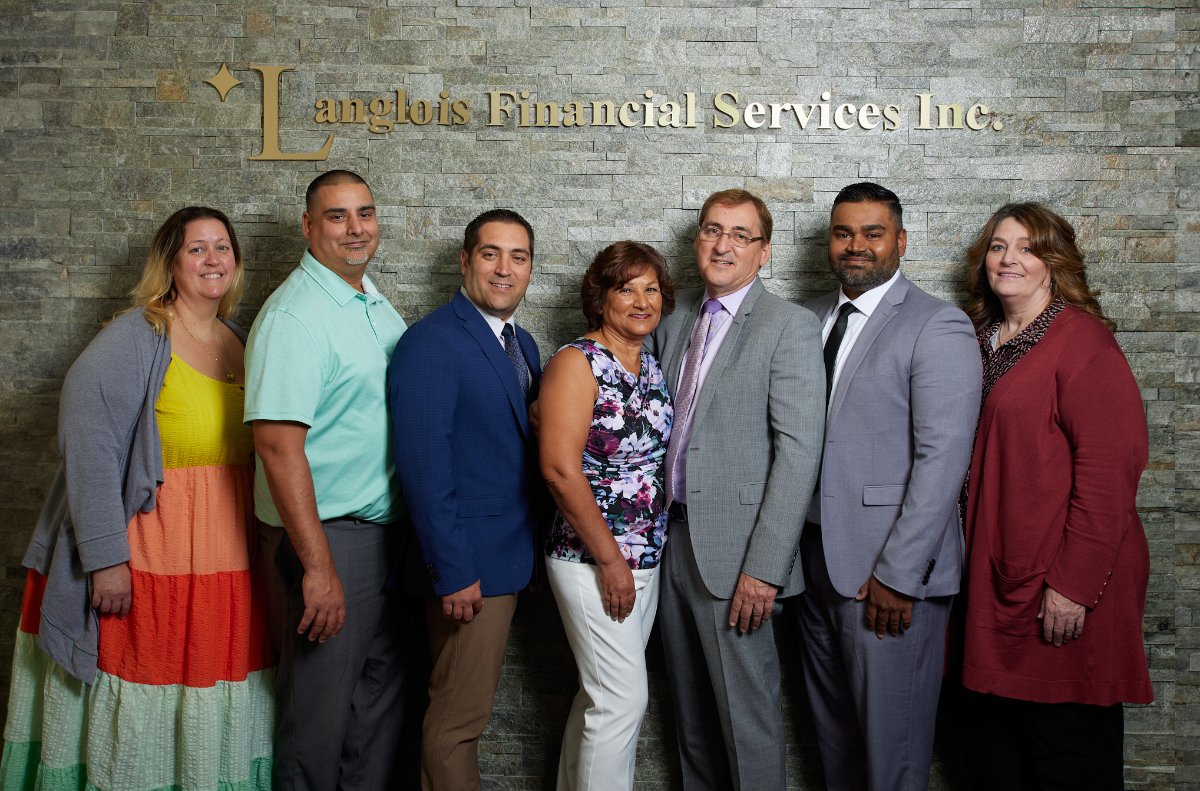
FAQ
Trust. Experience. Knowledge. Helping you achieve your lifelong dreams since 1989.
FREQUENTLY ASKED QUESTIONS
-
Depending on your tax bracket, often the answer could be both. For example if you have $5,000 and you are in a 40% tax bracket, instead of just paying the $5,000 against the mortgage, you can invest it in your RRSP and then take the $2,000 tax break and use that to pay down your mortgage. Just like that you have turned a $5,000 asset into $7,000.
-
Using one, or the other or both, depends on your goals, income level and time frame. Buying a first home? RRSPs may be the better choice. A car? TFSA is probably the best bet. If you have higher income in your working years than projected in retirement, then the scale usually tilts towards RRSPs. If the reverse is true, you may want to lean towards TFSAs. Time frame may be the biggest difference maker of all. If you have 15+ years, the compounding effect on the upfront tax break of RRSPs will likely outweigh the taxable nature of them in retirement. On the other hand, if you are within 5 years of retirement and there will not be a big drop in income, you might prefer the tax free income from a TFSA. It is a complex question that needs to be discussed with an advisor, who is familiar with your situation, to decide which option is best for you.
-
While there are many differences between the two products, the biggest difference is Creditor insurance underwrites at time of claim whereas as most Individual insurance underwrites at time of application. This means that while you are buying insurance with an individual plan, with creditor insurance you are only paying for the right to apply for insurance at time of claim. If your application is declined at that point, premiums will be returned and no benefit will be paid. For more information on the differences see our article “ Protect yourself, not your Lender”
-
Dollar cost averaging is quite simple. By investing the same amount of money on a regular basis, (monthly, weekly or otherwise) you will buy fewer shares when an investment’s price is high and more when that price is low. This will generally reduce risk and result in an investor having an average purchase price lower than the share’s average price. For more details read our article “Who Should Invest Every Month? Maybe You!”
-
Our unique Legacy program allows you to donate to the charities that are important to you, even after you’re gone. This program is one of the most tax efficient and cost effective methods for perpetual giving.
-
While mortgage interest generally is not tax deductible in Canada, at Langlois Financial Services Inc. we have an investment strategy that can help you save for the future and, over time, create a sizeable tax deduction using your mortgage. The article “ Turn Your Mortgage into a Tax Deduction” covers some of the basics.
-
Estate planning is arranging your assets so that they are disbursed, tax efficiently, where you want them to be. In Canada, you can distribute your assets to two of the following three groups: Your beneficiaries, your favourite charity, or Canada Customs and Revenue Agency. Estate planning is making the decision instead of leaving it to CRA to decide.
-
While there is no Estate Tax in Canada, all assets are deemed disposed on the date of death. This means, in the eyes of the government, you sell all investments and property the day you die. Any capital gains that are not exempt, registered investments or other income, will be added to your regular income that year usually creating a very large tax burden. Financial advisors can create a plan for dealing with these taxes. One strategy is outlined here "Passing Down the Cottage Lifestyle”
-
Yes. There have always been different options to be aware of, but now, with many of the large lenders switching from conventional to collateral mortgages, there are even more traps to watch for. For a breakdown on the differences between Conventional and Collateral mortgages, read "Are You Aware of What You’re Really Agreeing to With Your Bank Mortgage”
-
No. The sooner you can start saving, the less you will need to actually contribute to reach your goals. One of the most powerful tools investors have at their disposal is compounding (interest being paid on interest already earned.) At 30 years of age an investor planning to retire at 65 would need to invest, monthly, almost double the amount a 25 year old would in order to achieve the same result, assuming only a 5% rate of return. Also, if you are saving for a home, Canada’s First Time Homebuyer program makes RRSPs one of the most cost efficient ways to save.
-
The two biggest concerns when it comes to drawing CPP early are the reduction in benefit and the fact that it is taxable income. If you do not need the income because you are still working and you have RRSP room available, you can contribute your payments into an RRSP, offsetting any tax consequences while significantly increasing your retirement savings. While there is a reduction for early withdrawal, it is important to remember CPP does not have a guarantee period. Therefore, if you wait until 65 or 70 to get the higher amount but pass away before collecting, your beneficiaries receive $0. There is no cut and dry answer so you should sit with a financial professional and discuss your situation before making a decision.
-
Many people feel they have enough insurance at work and so question whether or not they should have personal insurance. The answer is usually yes. It is advisable not to count on life insurance at work when preparing your financial plan because you don’t own it. If you change jobs or your employer chooses to stop offering the group benefits you have no control over the loss of your coverage. You will then be older which means the cost will probably be higher to get insurance and, if your health has changed, a personal plan may no longer be an option. It is a wise decision to have insurance that will cover you as long as you need it rather than as long as someone else decides to provide it.
-
Plans differ from company to company. Some plans require you to keep the funds invested in the plan as long as you are working there, while others offer the ability to move the funds periodically, often annually. Most plans do allow the transfer of funds you have contributed to a personal plan on termination of your employment and, depending on the terms of the plan and how long you have worked there, the company contributions may also be available to be moved.
LFS RESOURCES
-

LEARN ABOUT LANGLOIS FINANCIAL
-

ACCESS LFS PLANNING TOOLS
-

LFS REPORTS PUBLICATION
